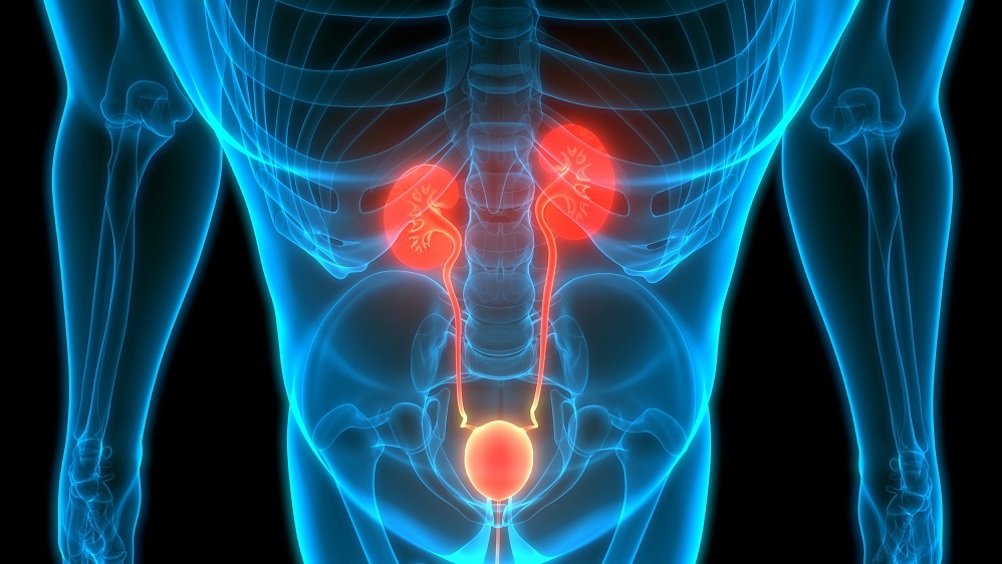References
Consultation and clinical assessment of the genitourinary system for advanced clinical practitioners

Abstract
Assessment of symptoms affecting the genitourinary system is in high demand as they can significantly impact on quality of life. Nurses with advanced skills in communication, consultation and specialist knowledge play a key role in improving the experience for patients presenting with genitourinary symptoms.
Urology comes from Greek meaning ‘study of urine’. Typically, more males are seen by urologists and there has been an increase in the subspecialities of neurourology and urogynaecology. However, urologists predominantly deal with males and females presenting with a wide range of common conditions affecting the kidneys, bladder, prostate, and male reproductive organs (Figure 1). The symptoms may be linked to benign or malignant conditions or be a symptom, such as urinary incontinence, of an underlying disorder. Conditions affecting the genitourinary system are not always life-threatening, but they can have a major impact of quality of life (QoL). Approximately 90% of men between 50-80 years live with one or more lower urinary tract symptoms, which affect their QoL (The Urology Foundation, 2014).
With more than 750 000 episodes of care in the UK each year (Harrison, 2018), urology as a specialty is faced with high demand. As a result of increased pressure on the specialty, nurses are more frequently engaging in clinical consultations to bridge the gap between workload demands and service provision. Therefore, it is vital to have more nurses with advanced clinical skills—advanced clinical practitioners (ACPs)— to offer patients a better experience. They will undertake systematic assessments of genitourinary symptoms, establish reliable recognition of clinical presentations, make a differential diagnosis with the findings, and formulate an action plan for therapeutic options (Harrison, 2018). Table 1 shows the common reasons for genitourinary symptom assessment.
Register now to continue reading
Thank you for visiting British Journal of Nursing and reading some of our peer-reviewed resources for nurses. To read more, please register today. You’ll enjoy the following great benefits:
What's included
-
Limited access to clinical or professional articles
-
Unlimited access to the latest news, blogs and video content

